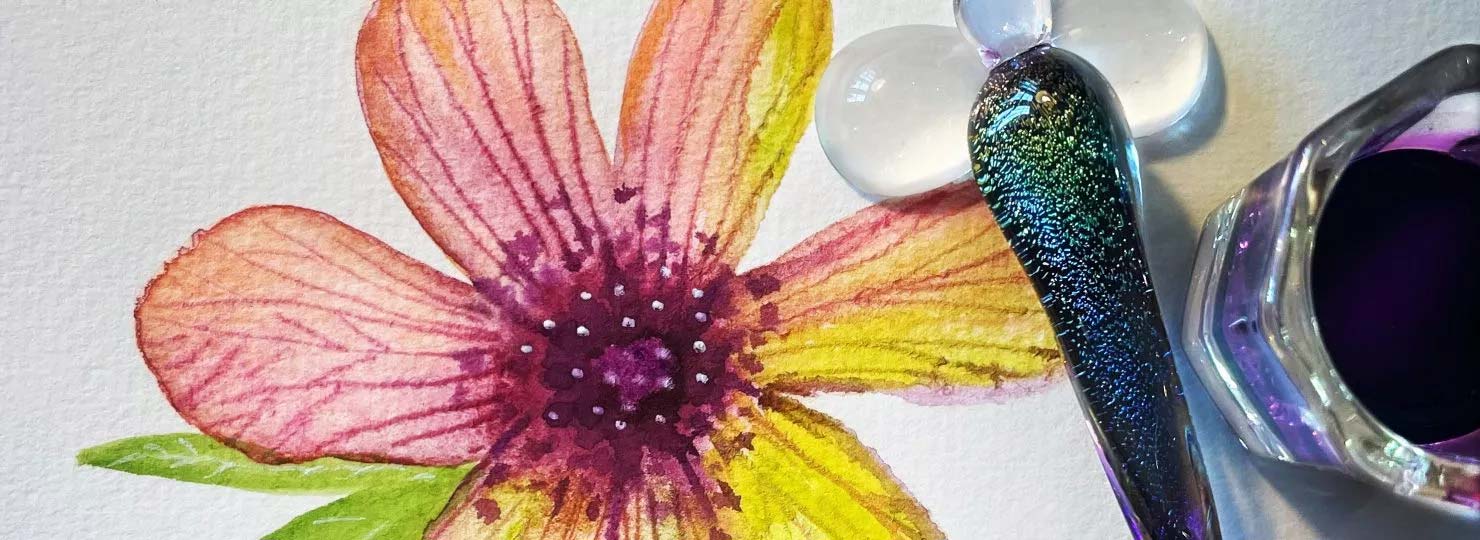Looking for new ways to improve your health? Get creative! Literally.
Engaging in activities involving your creativity can have a positive impact on your overall wellness and might just be the prescription you didn’t know you needed! We know, there’s no shortage of advice when it comes to maintaining a healthy lifestyle: Daily exercise. Well-balanced meals. Meditation. Getting enough sleep! While a select few health tips tend to get the spotlight, we wanted to shine a little light on the less commonly discussed health benefits of being creative.
Creativity, at its core, is about novelty. To be creative is to bring something new into this world that never existed before. It’s about turning your ideas into reality and expressing something only you can. How you do this is entirely up to you! Exercising your creative muscles can be as simple as doodling in a notebook or figuring out a new way to accomplish a daily task. The list of creative possibilities available to you is truly endless, though if you’re looking for somewhere to start, typical creative activities include writing; creating music; visual arts like drawing, painting, and sculpture; performing arts like dance and theater. Engaging in creative activities is especially beneficial when you become so immersed in creating that you seemingly lose your sense of self and time — what’s typically known as entering a “flow” state.
The Science Behind the Benefits
In the 2018 Forbes article “Here’s how Creativity Actually Improves Your Health” author Ashley Stahl explains the state of flow and the effect it has on the body and mind. While in a flow state, brainwaves and heart rate slow, and a flood of chemicals related to pleasure and satisfaction (endorphins, serotonin, and dopamine) are released. This release of feel-good chemicals reduces anxiety, boosts mood, and even helps increase motivation. In his 2019 blog post “Creativity is Your Secret Advantage for Mental Health and Well-Being”, psychologist Bran Brenner, Ph.D. also explains that activity quiets in an area of the brain known as the prefrontal cortex, decreasing critical thought and allowing even freer expression and generation of ideas.
The psychosocial benefit is a compelling enough reason to carve out some time for artistic expression, but there are also long-range effects and benefits for those suffering from trauma. In the 2015 Psychology Today article “Creativity as a Wellness Practice”, Psychologist Cathy Malchiodi, Ph.D. cites a study conducted in 2015 by the Mayo Clinic that found people in middle and old age who participate in creative pursuits, whether traditional fine arts or crafts such as woodworking, pottery, and quilting, may have decreased cognitive decline in later years. According to the researchers, engaging in creative pursuits may help protect neurons, the building blocks of the brain, from dying and may actually stimulate the growth of new neurons. This would be beneficial for everyone but especially for those suffering from physical conditions such as dementia and Parkinson’s disease.
Studies have also found that creative acts such as writing and painting or drawing have beneficial effects in dealing with trauma. Writing helps people dealing with traumatic experiences deal with negative thoughts and feelings constructively and in a therapeutic way. People who find it difficult to express themselves in writing may find it easier to use painting, drawing, or sculpture to tap into their feelings. A powerful example is the work created by U.S. veterans suffering from PTSD (Post Traumatic Stress Disorder) while participating in the National Endowment for the Arts sponsored Creative Forces program. The artistic works created by veterans, including masks, sculptures, poems, and song lyrics, reveal the inner turmoil which is often kept hidden and that they feel reluctant to express.
From the rabbits
While we at Jackrabbit are professional creatives, our creativity doesn’t end when the workday is done. Here’s a peek at what some of the rabbits are creating and how these creative pursuits benefit them:
Jason LaRose, Interactive Art Director
“Even though I am artistic, I have no desire to draw or paint. My creative outlet comes in woodworking. I find it therapeutic since I’m usually alone with my thoughts working. Those thoughts are usually spent on memories of my late father since some of the tools I use and some of the mannerisms I have were his. It’s also nice, after spending all my time in digital environments, to spend time working on something tangible.”
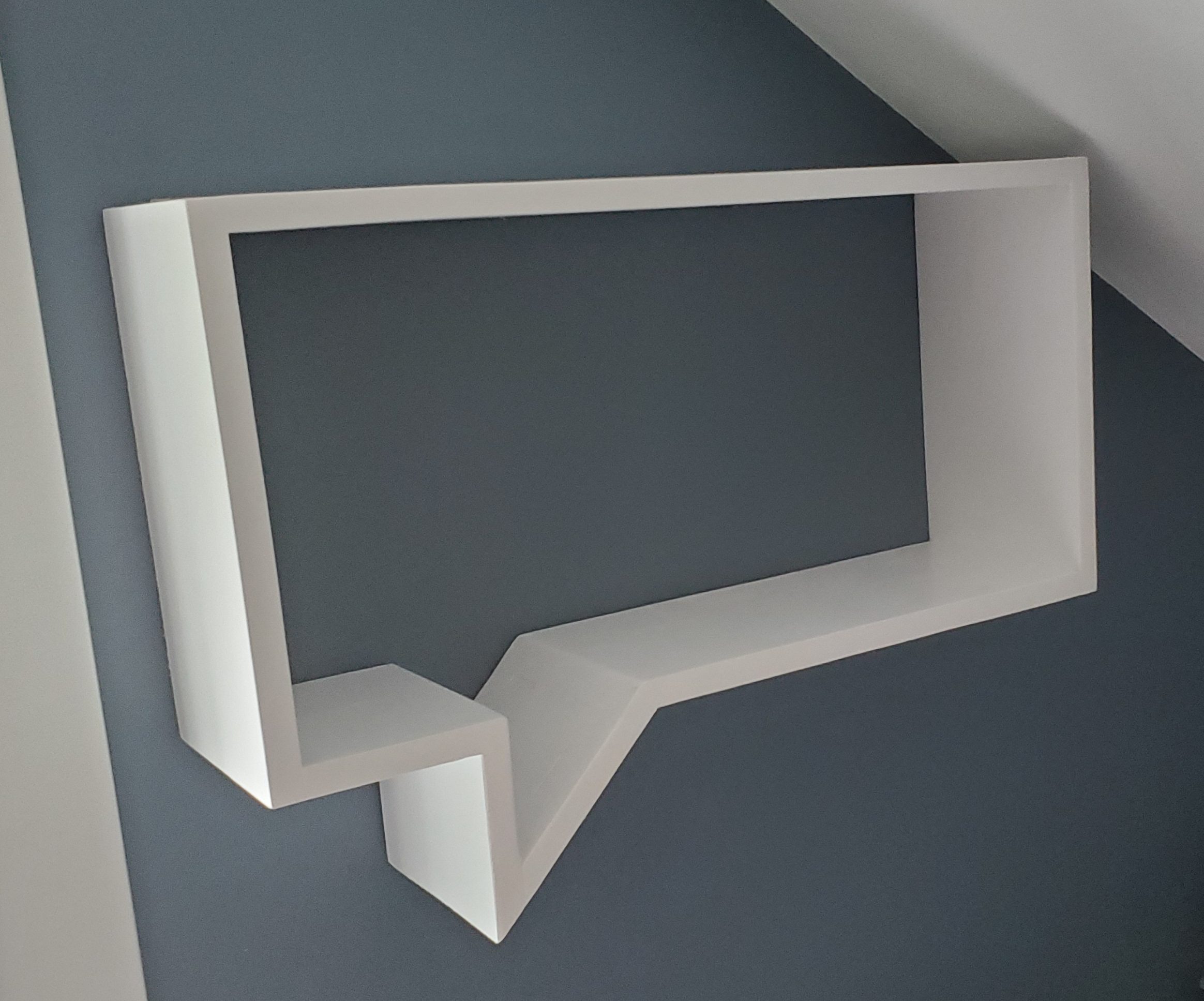
Cara Ogar, Operations
“The best way I know for practicing wellness is through travel. For me, that is what clears my mind and fills my soul. I like discovering new places (whether for adventure or for relaxation) and just experiencing something outside of the day-to-day.”
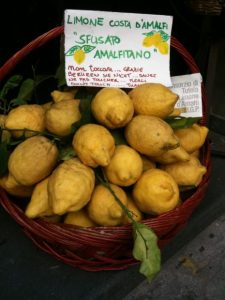
Ben Borodawka, UI Developer
“As a developer and designer, I’m constantly using a computer to work, research, communicate, and perform daily tasks. Street photography allows me to leave my desk and travel to different destinations; to be creative in more informal settings. It is raw, powerful, and stimulating. Being in the bustling city, weaving in between pedestrians and cars to capture the perfect shot, is a healthy contrast to digital design. I can practice some of the same fundamental skills of composition, color, contrast, subject, and mood but in a different setting using a different set of tools. I enjoy sharing my work with the community and learning from other people around the world. You can find my photography on my Instagram, @ben95”
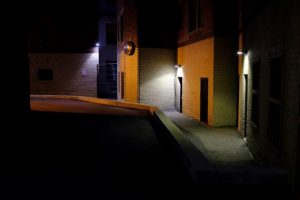
Kathryn Caplain, Office Manager
“While creating this self-portrait for a Photoshop class, I became absorbed and felt satisfied with the process itself, mastering the tools, and ultimately the finished piece of art. In many ways, it was a cathartic experience. My creative outlet recently has been garden design, both at home and for the planters at Jackrabbit. The process of tending plants, watering, planting, and pruning them, feeds my soul.”
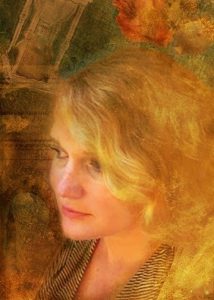
Christopher Ariñez, Art Director & Illustrator
“I’ve enjoyed drawing and creating for as long as I can remember! While I do create professionally for clients as a designer and illustrator, I also create for myself simply for the fun of it and essentially as a form of therapy. Most of my personal art fits into two categories: in the first category, I focus on creating fun illustrative images that delight me while also challenging me to improve my technical ability. The flow-inducing process and end results bring me joy while overcoming the challenge provides a great sense of accomplishment.
My second category of artwork is purely abstract. I fill sketchbooks, notebooks, and pretty much any loose sheet of paper in my vicinity with all sorts of nonsensical ink doodles. I let my mind wander, play, and get lost in creation without any concern for what the end result will be. This form of creative expression is great for my well-being, offering me a peaceful, meditative outlet that always calms me and boosts my mood. Cheers to creativity!”
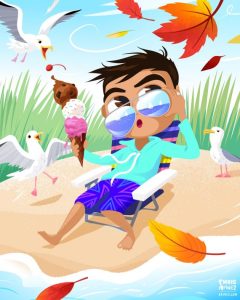
Lynn Spooner, Creative Director
“Creative forms of expression are a true blessing in my life, making a positive impact on my mental, emotional, physical, and spiritual health. Fostering creativity makes me a happier, healthier person. When I want to reduce anxiety or stress, it calms me in a meditative way. When I want to be energized and feel alive, I seek exciting inspiration and try new creative outlets. It all helps me understand myself better, connects me closer to my purpose, and to the God who created me.”
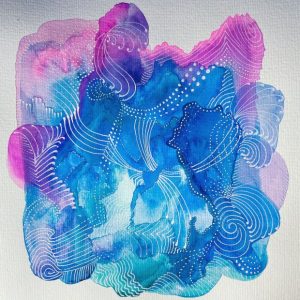
Creative Exercises for Inspiration
Convinced to amp up time spent on the arts, but not sure how to kickstart your creativity? Check out these creative exercises!
In the 2017 article “32 Easy Exercises to Boost Your Creativity Every Day” in Inc. magazine, Ayse Birsel suggests scheduling “15 minutes of creativity” into your calendar and trying a different exercise each day/week to make it into a habit. Among the exercises listed:
Draw an apple a day for one week, using different techniques.
Create large, freestyle, stream-of-consciousness drawings; cover a table completely with large easel paper and draw until it is filled.
Take a different route home and photograph new things you see.
Write a poem about your day in the style of your favorite poet.
Go to a museum with your sketchbook and draw a painting or sculpture that inspires you.
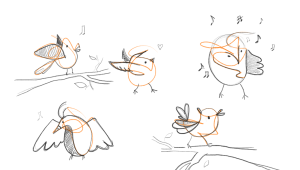
In the innovationlab blog post “9 Best Exercises to Spark Creativity in Ideation” graphic designer Agne Strimaityte lists the following exercises designed to stretch creative muscles:
30 Circles – Using a sheet on which thirty circles have been drawn or printed, change as many circles into recognizable objects as possible within 30 seconds.
Squiggle Birds – Take one minute to fill a paper with random squiggles, then turn each squiggle into a bird, adding details like beak, wings, and feet.
Alternate Uses – Select an everyday object. In 3 minutes, write down as many alternate uses as possible for the selected object.
Blind Portraits – Grab a partner or use a mirror to view your own face and set a timer for five minutes. Using a pencil/pen and paper, draw a portrait keeping a continuous line and without looking at the paper.
Make Your Sandwich – Set a timer for five minutes. Build up a sandwich that describes your personality by drawing each layer. Each layer can contain anything you like, whether real food or everyday objects. Name your sandwich.
Share your experiences and the exercises you use to get the creative juices flowing in the comments. Happy creating!
